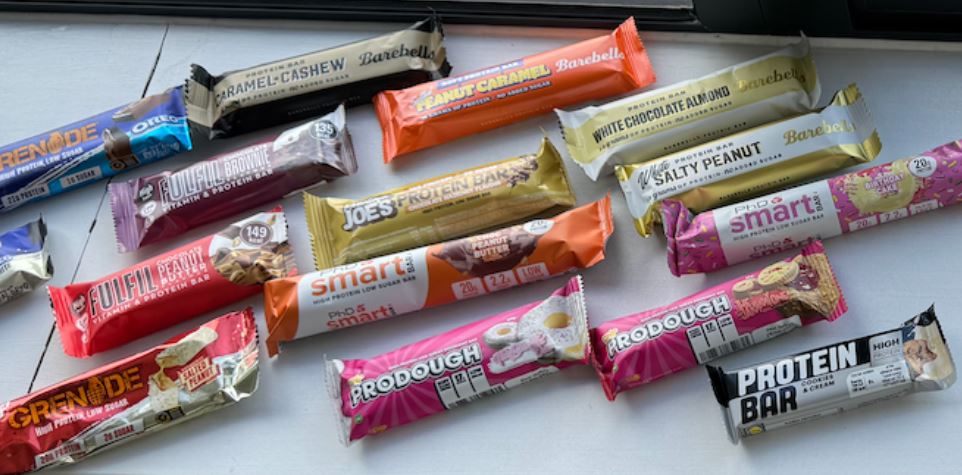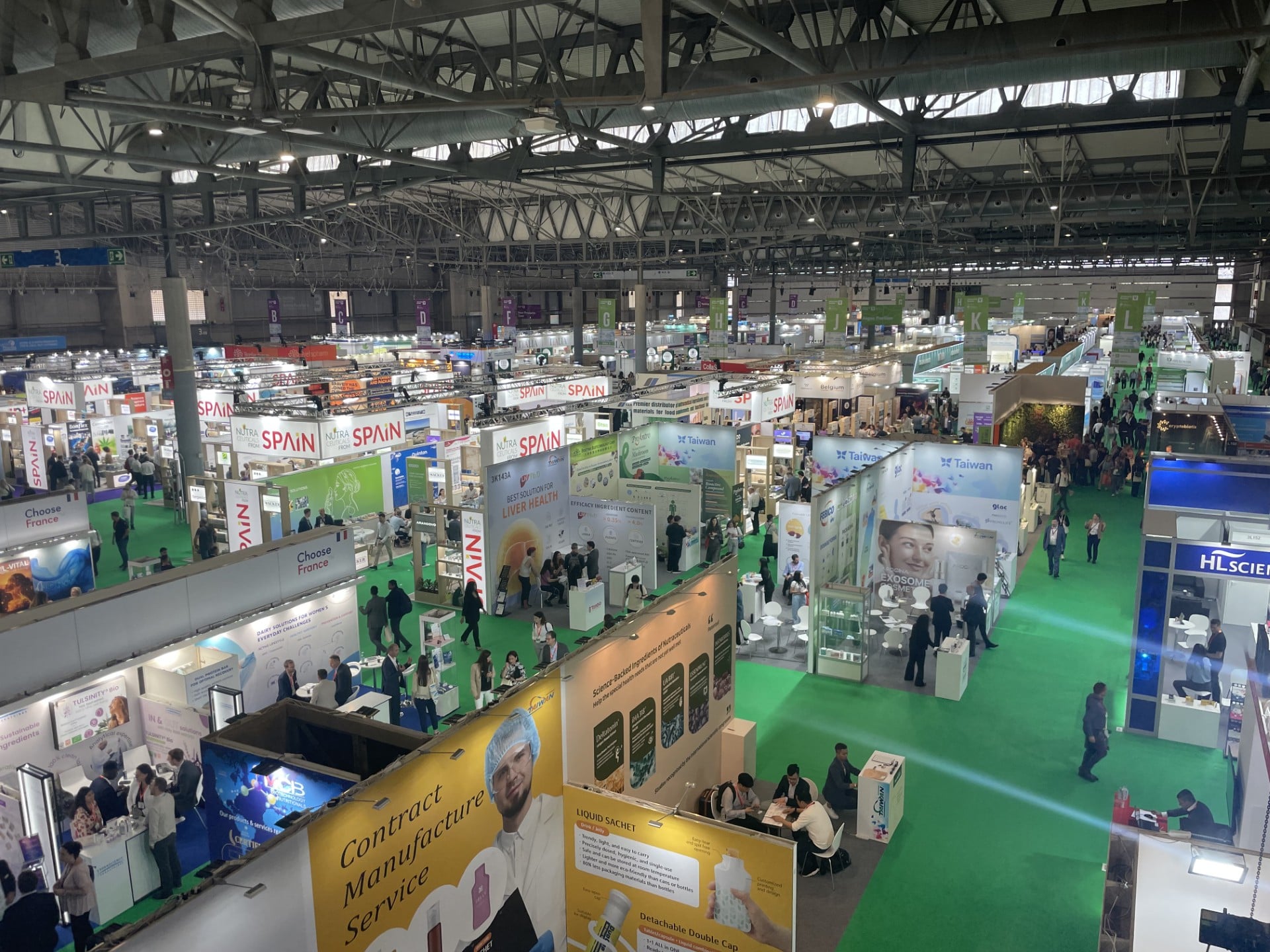It’s been a couple of weeks since SupplySide West, which has given me some time to wrap my head around what was there. There was, of course, the obvious: brain health, women’s health and gut health alongside evidence-based branded ingredients, gummies concepts galore and cellular health. But the thing that was just… everywhere? GLP-1.
The three big GLP-1 trends
Under the GLP-1 headline, three main themes:
- A re-emergence of interest in weight management
- GLP-1 products or GLP-1 companion products
- A wider interest in understanding and communicating metabolic health and blood sugar control
It’s one thing to speak about what we’re seeing in terms of GLP-1 for weight management, but I can’t gloss over how I feel about it. So in order to take a measured approach, I started by asking myself: “What was the spark that lit the flame in the GLP-1 wildfire?”
Why has GLP-1 taken over?
That’s the million-dollar question.
Simply put, GLP-1 drugs work. And they really work at helping people lose weight fast. But, what started as an approved drug has become a mainstream trend with far-reaching effects across society and, as a result, the active nutrition landscape.
We think there’s something to be said for the culmination of three important psychological triggers associated with GLP-1 drugs.
- They’re approved medicines. This means we consider them to be relatively safe and efficacious. Because of this, they’re not perceived as shady or a guilty pleasure.
- They offer instant gratification. GLP-1 drugs tap into our desire to get results yesterday without any of the hard work usually associated with losing weight.
- They align with shifting beauty standards. The advertising we’ve been conditioned to tells us that losing weight is equal to body confidence, vitality, youth and ultimately, beauty.
In a nutshell — you can get ridiculously good results, making you skinny and beautiful in society’s eyes, and best of all, it’s ok because it’s approved.
There’s also a bigger societal shift occurring with GLP-1 drugs. We seem to be moving away from embracing curves to once again embracing being slim. To illustrate this shift, a picture from an article in the Observer epitomises the industry throwing a grenade on body positivity. And to drive home the effects of said grenade, the article made the quote: “The waif is back.”
The impact of GLP-1 on the active nutrition industry
GLP-1 drugs have disrupted the traditional weight management space — a staple of active nutrition.
We have to be pragmatic. Brands entering the world of GLP-1 are responding to whitespace in the market and a new category of consumers. GLP-1 companion products are an easy way for brands to shift the gaze to a group of active consumers without the need to invent a new product. And fundamentally, if people need help losing weight, we should support that.
But it does feel more like a shiny bullet or pot of gold. There’s an obvious dollar opportunity, but do we know enough about GLP-1 products for weight management and the long-term health repercussions?
To me, the vibe at SupplySide West had the hallmarks of shooting from the hip. And while I subscribe to the importance of consumers losing healthy weight and to helping people on drugs find the right support, I have a niggle with GLP-1.
The big question: what's next for GLP-1?
GLP-1 may have already been in existence but the active nutrition world should pause for a second and ask itself if the real reason to target GLP-1 users with companion products is to help them become healthier while using GLP-1 products, or if it’s because they’re a new group of consumers ripe for the picking.
As an industry, have we done our jobs well enough so that people don’t look to prescription drugs to lose weight? Or is it simply that by their very nature, GLP-1 drugs blew the active nutrition landscape wide open, and brands are simply reacting by reorienting themselves to the new wave of consumers?
📷 The Observer









.jpg)















